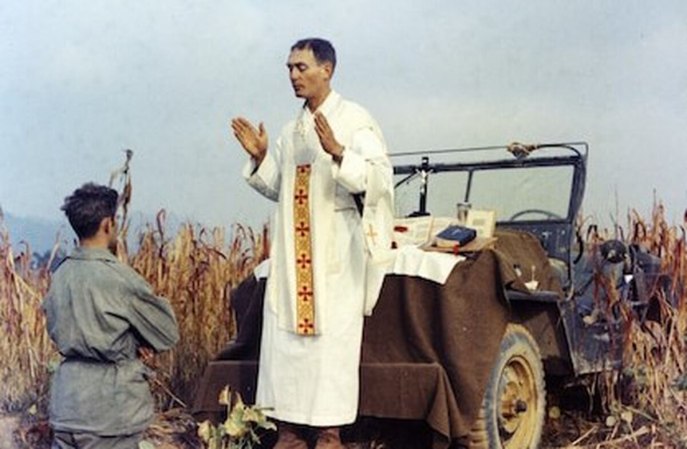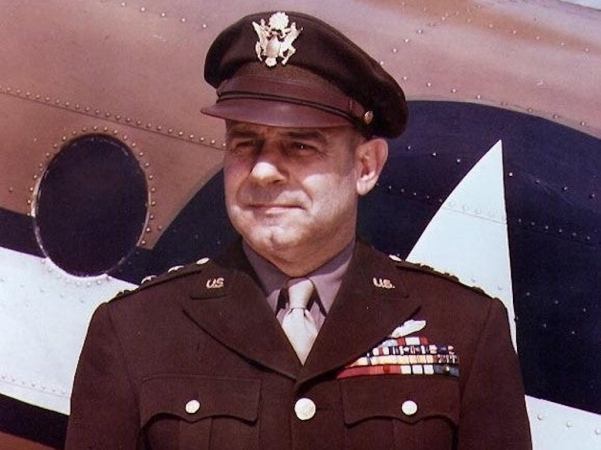When your reputation as the greatest warrior in Spain precedes you, the sight of your lifeless corpse armored and atop a warhorse at full gallop can be enough to send the enemy running away in terror. Take the case of Rodrigo Díaz de Vivar, for instance.
Díaz de Vivar was born into the Spanish nobility in 1043 and raised in the court of King Ferdinand the Great. He eventually became the standard-bearer of Castile for Ferdinand’s son, Sancho II. He led military campaigns against the younger king’s brothers as well as the Moorish (Muslim) kingdoms in Andalusia was renowned for his military skill and strategy. He never lost a battle and was never beaten in combat.

Rodrigo became legendary in Europe, known by his nickname throughout the Christian and Muslim lands of the Middle Ages. While fighting King Sancho’s brothers, he earned the moniker that would echo through history when the Muslims began referring to him as just El Cid – The Lord.
The battle lines of this time weren’t as easy as Christian vs. Muslim or brother vs. brother. City-states fought one another with Christian and Moorish allies as well as allied city-states. The Iberian “Reconquista” – the series of wars that pushed Muslims out of Spain – was in full swing and the peninsula was full of different tribes, ethnicities, religions, and races, all with different alliances.
El Cid’s future father-in-law slapped around El Cid’s patron – so he took the man’s head and then his daughter.
When King Sancho was assassinated, his brother Alphonso, whom Rodrigo expertly crushed in battle on more than one occasion, came to power in Castile. El Cid suspected Alphonso was responsible and dragged the new king from his bed to the city cathedral. He forced Alphonso to swear he had nothing to do with Sancho’s death. The new king professed his innocence, but never forgot the humiliation.

Regardless of El Cid’s acceptance of Alphonso’s reply, the embarrassing incident didn’t sit well with the new king. Eventually, El Cid found himself exiled and working for the Muslim rulers of Zaragoza. In 10 years serving the Emir of Zaragoza, El Cid built a good life for himself, including owning his own lands. But he was soon called up to serve Spain again.

In 1086, the Almoravids, Muslims from Morocco, invaded Spain and advanced quickly throughout the peninsula. Alphonso was thoroughly beaten while trying to repel the invaders (he wasn’t very good at the whole “war” thing) and begged El Cid to return to meet the Almoravids. El Cid did return, but not for Alphonso – it was time for him to win some glory for himself.
El Cid and his troops struck back, taking the Muslim city of Valencia in 1091 and devastating the Almoravid army. They tried to recapture the city just three years later, but El Cid again sent them packing. Though it took another 400 years of fighting to expel the Muslim invaders from the Iberian Peninsula, they would never advance past Valencia while El Cid was still alive.
And one occasion, even dead.
El Cid stayed in the city and in 1099, the hero and his beloved Valencia found itself again under siege by the Almoravid army. El Cid, age 56, died from the famine caused by the siege. Legend has it his wife Jimena ordered El Cid’s corpse be armored and strapped on top of his horse to lead one last cavalry charge to break through the siege.
When the Almoravid army saw El Cid leading a counterattack at the head of his men, they broke ranks and fled as the Spaniards cut them down.
Valencia did eventually fall to the invading army after El Cid’s death and would not be recaptured by Christians for another 125 years. Jimena took the dead legend’s body to the nearby city of Burgos, where he was buried in the city’s cathedral – in one piece, and eventually, next to his wife.


















